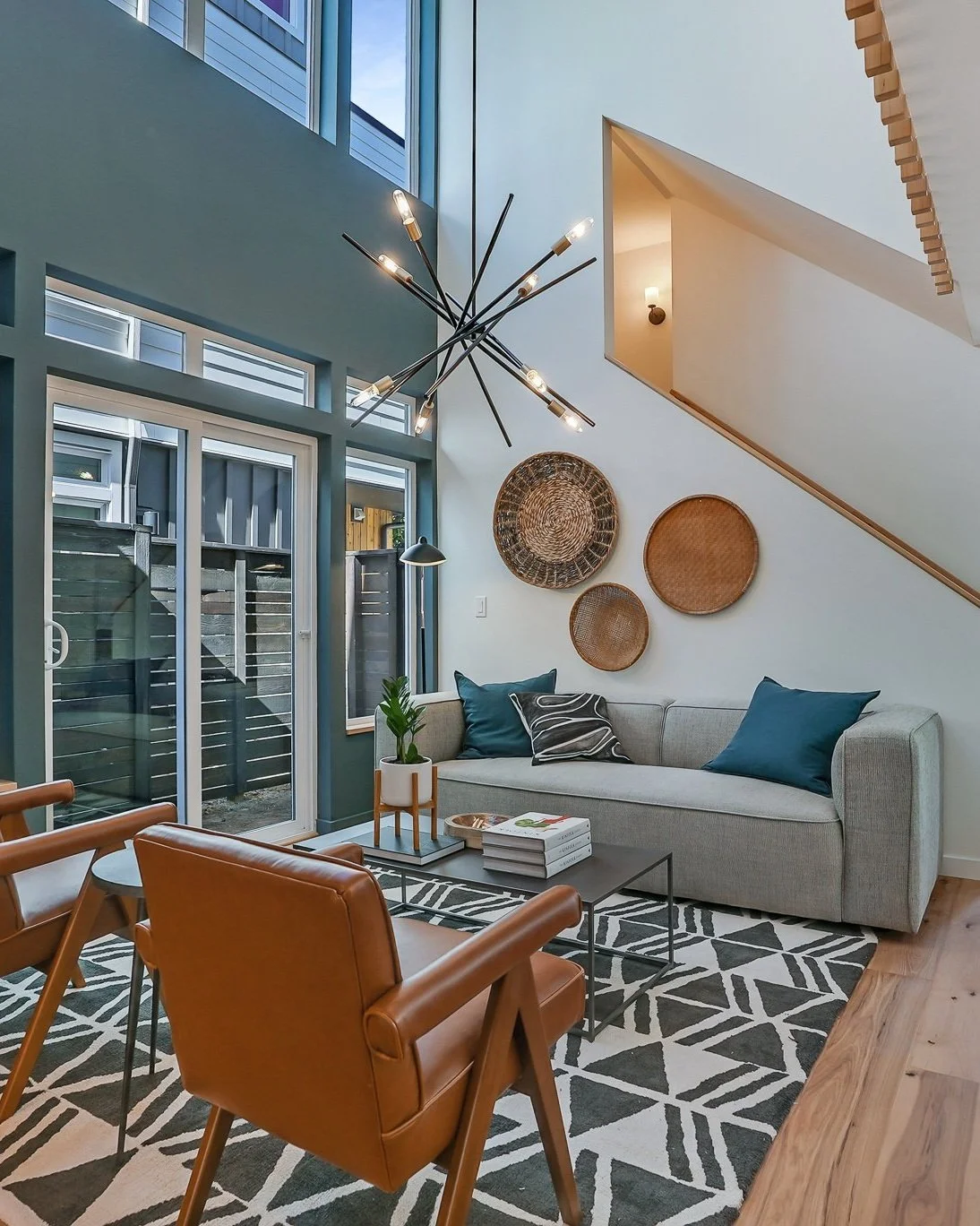With at least 90% of our time spent indoors and now a majority of our time spent at home, home health and design matters. Adhering to third party green building standards such as those set by Built Green in Seattle and Earth Advantage in Portland, helps ensure Green Canopy NODE homes are both better for the environment and better for our health.
We reduce common health hazards by paying close attention to how we build our homes and what we put in them.
Eliminating Moisture
Water damage is often a result of inadequate construction, ranging from poor window installation, leaky roofs, and inadequate framing. Mold and mildew are common signs of moisture issues, and can be a significant trigger for allergies and rashes. We use several weatherproofing methods to allow for both protection from the elements as well as energy efficiency.
Improving Indoor Air Quality
Weatherproofing our homes creates a seal to keep unwanted elements out, but in turn also traps in the air in the home. Since our homes are nearly airtight, Green Canopy NODE incorporates ERVs (energy recovery ventilators) in order to introduce fresh air into the home, filtered from outside pollutants and allergens, while also exhausting stale air. A recent study found that “inhabitants of energy-efficient, mechanically ventilated homes rated the quality of indoor air and climate significantly higher” than those living in standard homes.
Reducing Exposure to Toxins
Green Canopy NODE uses low to zero-VOC (Volatile Organic Compounds) paint, adhesives, and finishes to ensure there is minimal off-gassing from the products that are installed within our homes. We also make a deliberate decision to install non-gas appliances, since gas appliances like stoves, furnaces, and water heaters release toxic byproducts into homes.




